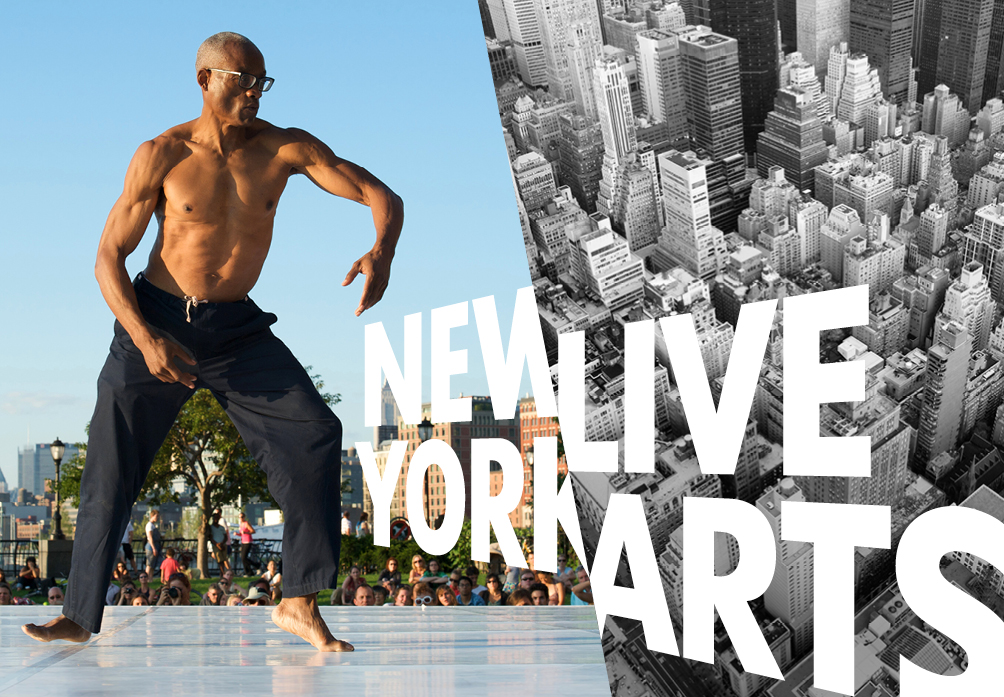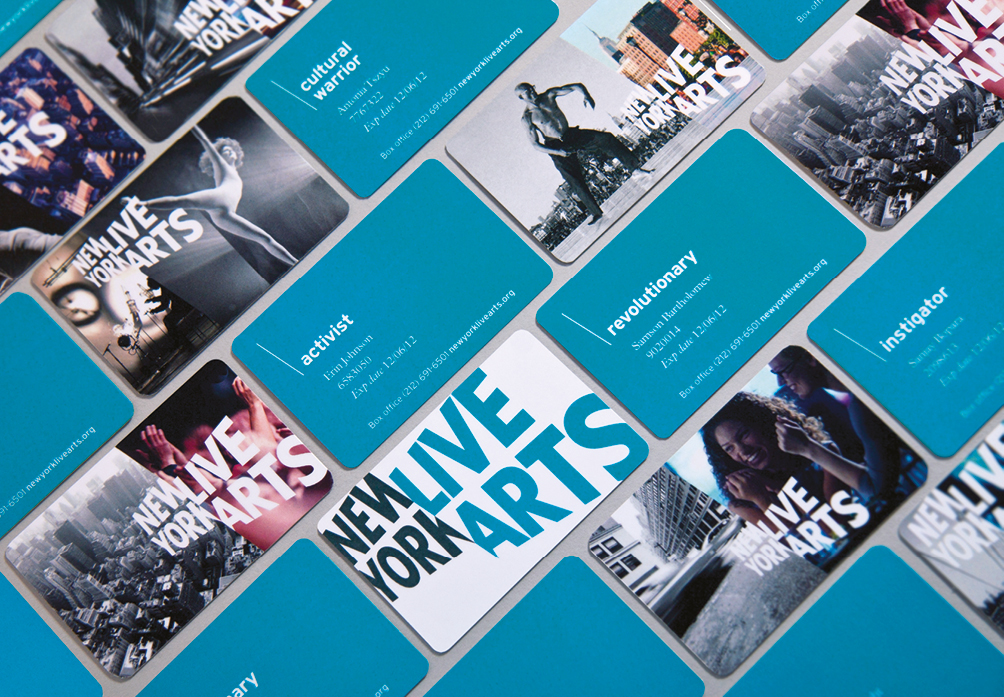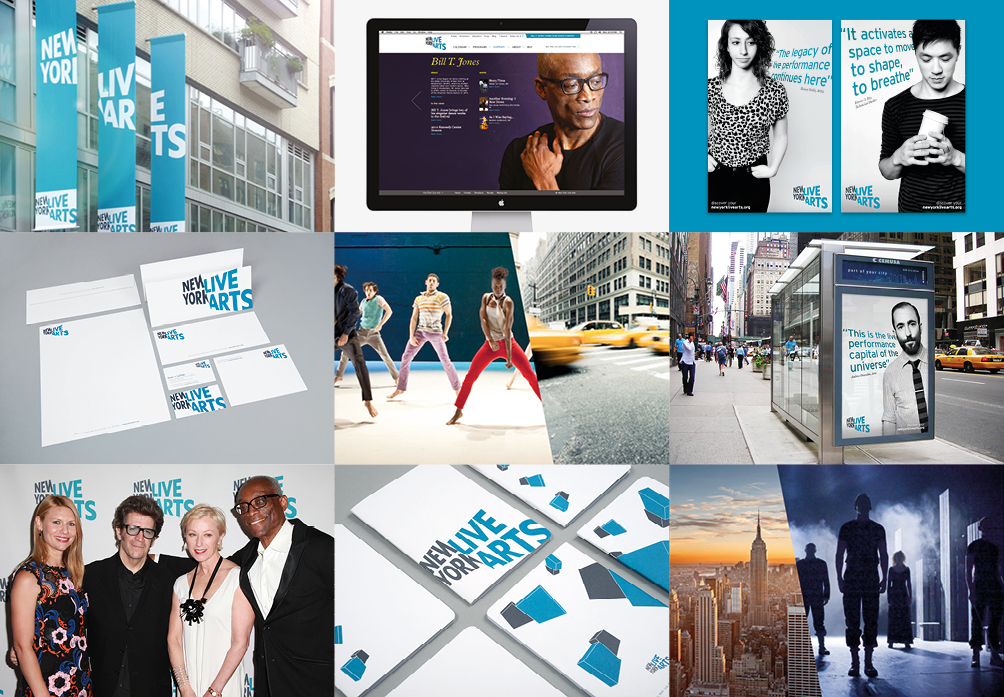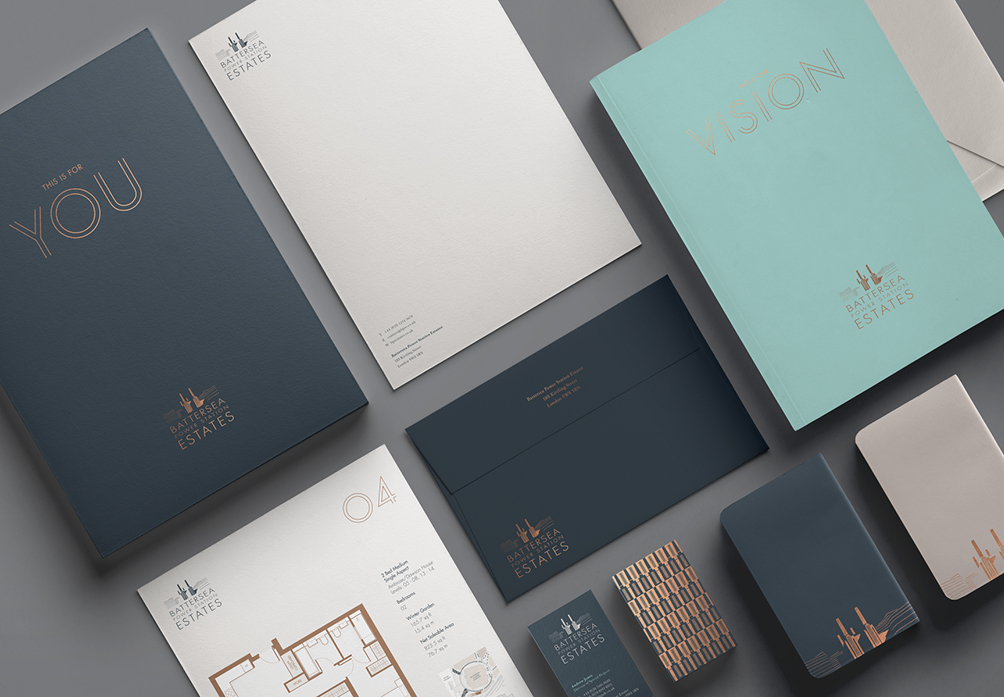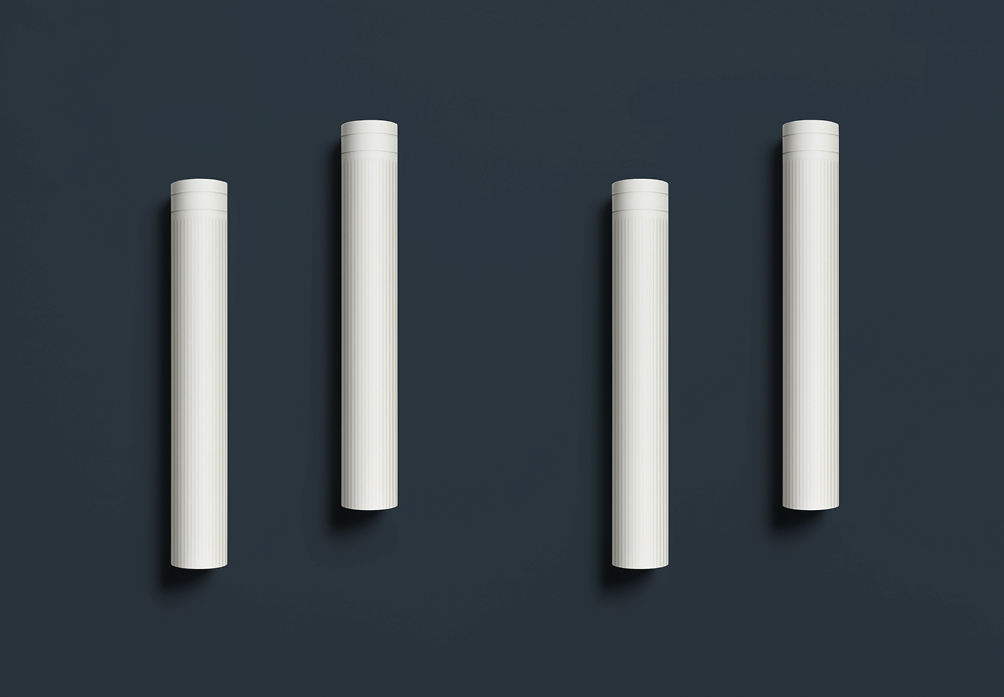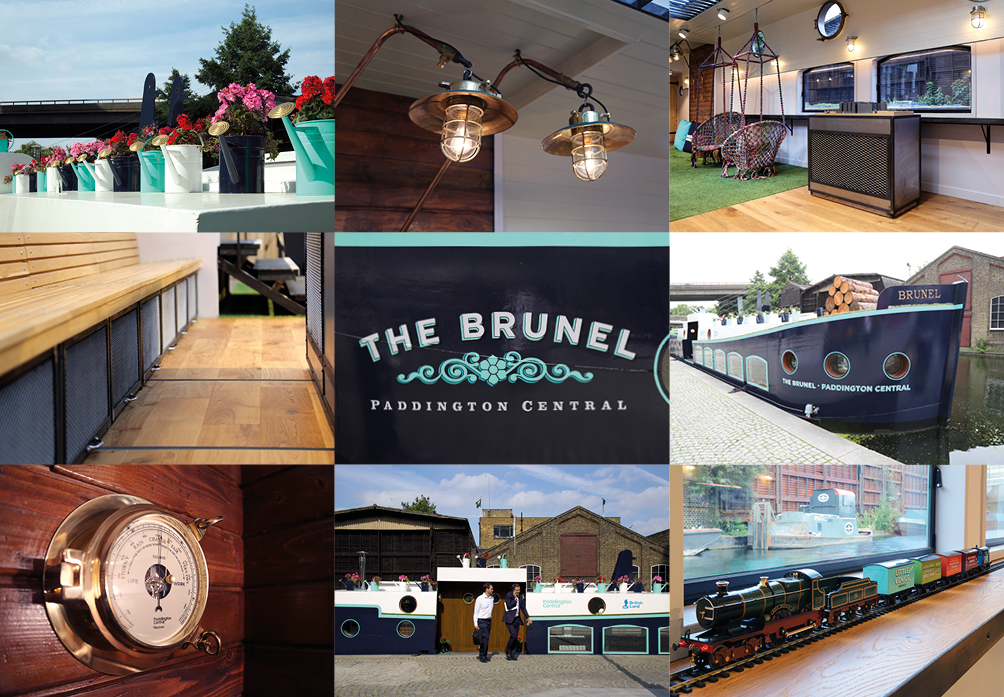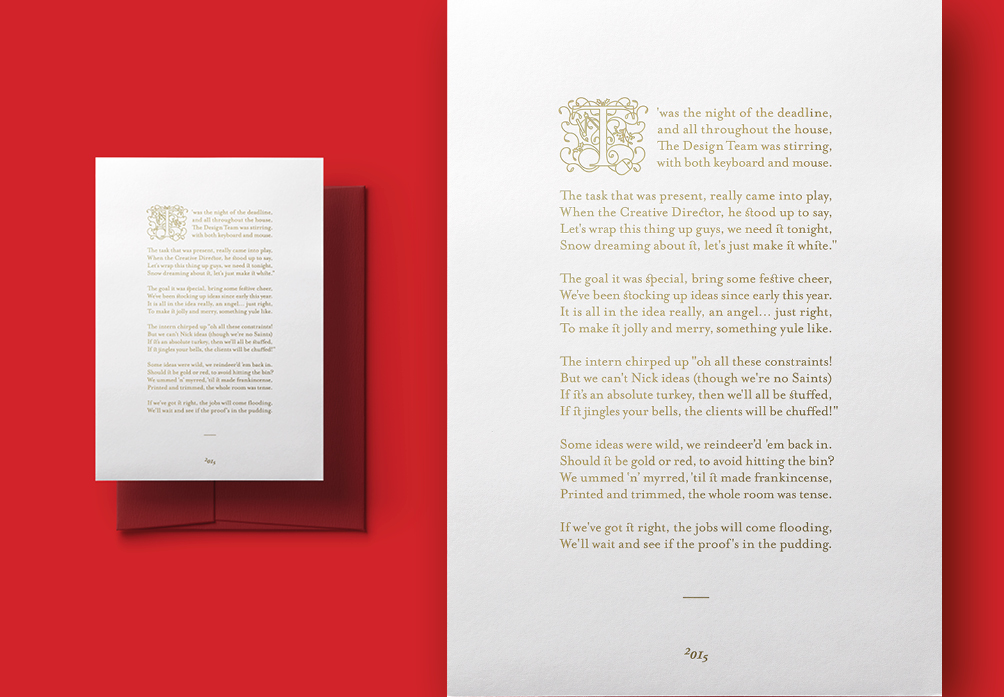Mike Potts
Graduated – 2010
Profile
Graduating in 2010, Mike has worked at NextBigThing in London ever since.
He has worked with brands both large and small. A range of high-profile work includes launching the City of London’s most important new skyscraper, redevelopment of Battersea Power Station and relaunching Oxford University Press' legendary Bond11+ range. Clients he has worked with include British Land, Land Securities, Arup, Intu, L’Oreal, ITVStudios, Investec, Tiffany & Co. and McKinsey & Company amongst others.
The Disciples of Design Q&A
How and where did you secure your first job?
I graduated in the summer of 2010, just as the world financial markets had fallen to pieces and the design industry was in the midst of the crisis and the attendant explosion of redundancies. The thought of a design studio throwing a bone to a twenty-something mouthy northerner wasn’t exactly top of anyone's priorities. However, every year universities unleash hundreds of design students into the industry and whether feast or famine, if you’re good enough, you’ll get a job.
Competition for design positions was fierce, especially for top jobs at the most creative agencies, so the heat was on. This is where the sandwich course at Preston came into its own. To get the opportunity to peer into the inner workings of the country's finest agencies, meet influential top-bods and mix it with the movers and shakers of the industry – all under the safety net of the Preston Graphic Design course, is an opportunity every undergrad should be setting their sights on.
All the graduates had a full address book to contact and I gave Glenn, Creative Director of NextBigThing a call and asked if I could show him my book, dressing it up as some sort of pseudo portfolio-surgery-interview to help persuade him to see me. On the train home, he called me and asked if I wanted a job. I said yes - obviously.
Do you think being a Preston student has benefited you in any way?
The course in Preston is one of the best in the UK. When you meet people in the industry and ask what university they went to, you repeatedly hear 5 or 6 names and Preston quite frequently. Being a Preston Graphic Design student is a gateway into the design industry that most students don’t have. What makes Preston a player is a combination of the quality of the teaching – with students learning the process and application of creative thinking – and the sandwich course. The tutelage Preston students receive is one of the best in the country, hence why its alumni are Creative Directors of some of the world’s most renowned agencies. The network allows undergraduates to piggyback that success and continue its legacy. If you’re studying in the north-west, there is no better design course for getting a job at the top-end of the industry.
How important are ideas in a design project/process?
Just visit www.ionos.co.uk
This website couldn’t be a better demonstration of the importance of ideas. Without ideas, your job doesn’t exist. A computer can generate pages of mindless logos in three seconds for FREE! Why would anyone pay you to do it? Depressingly, there are hundreds of websites like this.
Ideas are what separates us. It’s what makes a piece of work resonate. It’s the ’smile in the mind’; the Eureka! moment. Branding and design is visual communication of an idea, a philosophy, a meaning that people understand and identify with. It’s what makes us buy things, join movements and believe in causes. It goes beyond a logo and is about what you want to say, how you say it and how you want people to feel. Great design is provocative.
Ideas are the core of what we sell. Arbitrary logos can be generated instantly. But when the automation becomes more prevalent in the next twenty years, they won’t be able to automate creative ideas. The importance of them cannot be overstated. There is no design process without an idea.
Where do you get your ideas from? Do you prefer collaboration or thinking alone?
The embryo of any idea is created individually. Working alone allows you to get under the skin of a problem. When you bring that to the table with others who have done the same, that’s where collaboration occurs. The melting pot of creativity often cultivates great solutions.
As for where a ideas come from. I find the most stifling source of inspiration to be in design literature itself. Viewing the great work of days gone by is indulgent, but it doesn’t necessarily help you to the answer and can act as a barrier to originality. I find inspiration elsewhere. If you’re branding hi-tech swimwear, how do other technical brands elevate themselves, such as Bang & Olufson, Audi or Dyson. Looking at how other swimwear is branded means your product won’t stand out. That’s what we ultimately did for Nike Swim.
What would you have done differently at University knowing what you know now?
Experiment more in your first two years. Learn how to create your own typeface. Learn how to storyboard an animation. Learn calligraphy. Learn technical drawing. Learn signwriting. Learn dry-stone walling. Those first two years are an opportunity to discover and create a portfolio that surprises and stands you in good stead for your placement, graduate show and career.
What’s the best thing about your job?
Two things, learning a little about a lot. Most jobs, even cognitive highly paid ones, can mean doing similar, methodical tasks, day after day. Bankers read markets and create algorithms. Lawyers write and check detailed contracts. Designers are allowed the privilege of deep diving into all kinds of industries and learning what makes them tick. On Monday you’re researching beauty products, on Wednesday you’re whisky tasting and on Friday you're installing a train-set on a canal barge. Few jobs afford you the range of subject matter and opportunities that being a designer does.
Secondly learning all of the different aspects of the design process in addition to the design itself. Meeting with suppliers of materials, paper, electronics, display sets and, of course, printers. Getting to kow how they work, what makes them tick, their boundaries and how open they are to stretching their boundaries. Getting across your work ethos and building strong, mutually respected relationships.
What would you say has been the key to your success so far?
Saying “yes” to opportunities. Taking the time to learn and practise how to do things properly. Listening. Observing. Grafting. Bending the rules. Becoming an iconoclast. Respecting the creative process. Remembering what you’ve learned. The skills taught at university and how you handle the stresses of deadlines and your final degree are the foundation for your career. Enjoy the challenge.
What is the most unusual thing you have done in your career?
In saying yes to everything you can, it opens up opportunity.
Installing a marketing suite onto a barge is up there for the bizarre. I’m not an interior designer and haven’t the first clue about boats. We had to learn about ballast (so the boat doesn’t tip over) and bilge pumps (so it doesn’t take on water and sink). You can’t just start drilling holes, apparently. We could have taken the easy route and recommended dry-land. But when you take a risk, it has the potential to turn into the most worthwhile outcomes. Glenn is an opportunist and has taught me to be the same. If you seek opportunity, you will find it and it will lead to the weird, wonderful and awards.
What do you look for in graduates and their portfolios?
There is no map to Eldorado – it is hard work and long hours comprising, critically of two things.
1. An understanding of the creative process, culminating in simple clever ideas, well-crafted and extended (where appropriate) across a breadth of executions.
2. Passion, pizzazz, spunk, spirit, sorcery, courage, determination and massive balls.
We can teach you the rest.
Any advice for students entering the industry?
The habits you set yourself in your formative years will set you up for the rest of your career. You will learn how really good the best are and how high the mountain of success is. You will demand more from yourself and those around you. Only then can you create uncompromising, original, brilliant work. Attend every event, speak to anyone and everyone you can, LISTEN, take notes. If you are asked to do something out of the ordinary, do it. Get involved. Ask lots of questions, LISTEN, work hard. Be the first in the office and the last to leave. Work with the best people you can. Make demands of yourself and LISTEN.
Become a ‘yes person’, Be open to any challenge, new ideas, strive to be an iconoclast.
Portfolio
New York Live Arts
Battersea Power Station Estates
The Brunel Barge
T’was The Night of the Deadline

